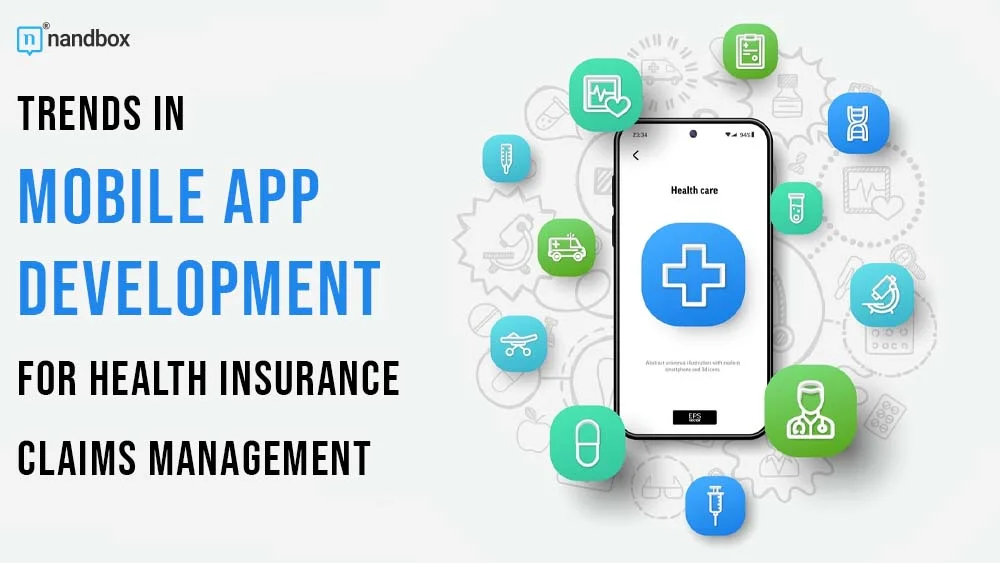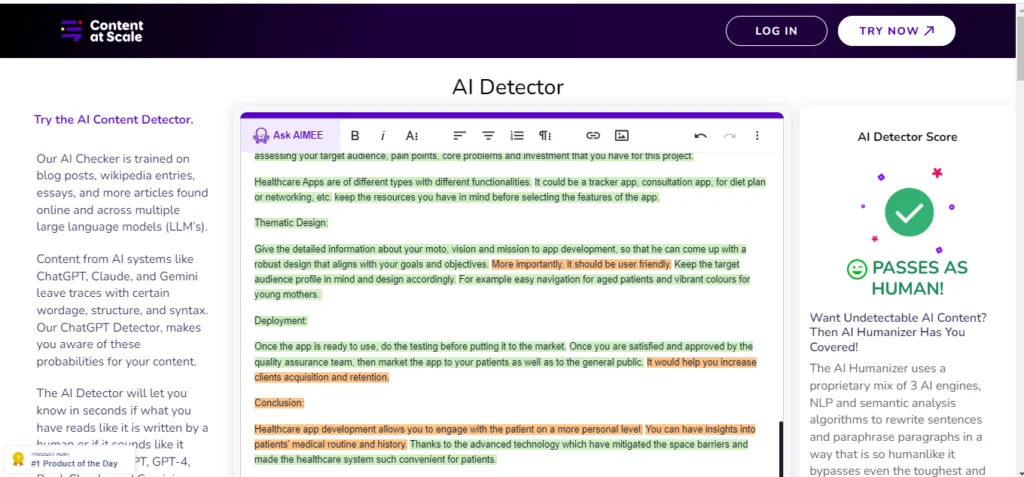While technology is ubiquitous in every industry, healthcare tends to adopt it robustly. With increased usage of smartphones and digital technology, healthcare can now leverage the internet’s full potential for patient convenience. Health insurance claims management mobile app development is the core basis of this shift to digitalization. People from remote areas can have access to top-notch consultation and treatment. International health insurance can broaden this access, providing coverage for those traveling or residing abroad. This market is showing exponential growth and is expected to reach $111.1 billion by 2026.
74% of people using wearable healthcare devices show improvement in their health condition management. The number of health insurance mobile app users is increasing continuously, with more than 54,000 on the Google Play Store and 41,000 apps on the Apple Store.
Technology like AI, machine learning, chatbots, IoT, and Blockchain can revolutionize the department if used with full potential. Machine learning is helpful in predicting data behavior by analyzing patterns.
Claims management functions in health insurance software are also helpful for both the healthcare and insurance sectors. Mobile apps with AI-integrated chatbots can handle complex claims and do the underwriting. These can also detect potential fraudulent activities.
The Most Useful Trends in Mobile App Development for Health Insurance Claims Management:
Wearables:
Innovative technology in wearables like smartwatches or bracelets can act as practitioners and regulate Patients’ healthcare routines. IoT (Internet of Things) connectivity with mobile apps and hospital cloud allows patient monitoring without time and space constraints. These can detect patients’ heartbeats, burn calories, and measure steps during a walk. Medical practitioners can analyze previous history and present status, based on which real-time medication changes are possible. According to a study, the wearable market size will be about $120 billion globally in 2020. The Pandemic era would have doubled the number as people became more health-conscious than ever.
Patient Provided Data:
Patient-provided data is detailed information about health-related activities that a physician can’t measure directly. This would include your diet routine, work routine, nature of work, exercise routine, and medication history. This would minimize the gap between Patient and physician, making the checkup more robust and holistic.
Virtual Access:
You would have seen a spike in the use of augmented reality in the gaming industry, which has now extended to several sectors. This new trend in the healthcare industry allows patients to be accessed, which isn’t possible traditionally. Patients with autism or deafness can use VR technology to help in unified treatment. Besides providing patient-oriented benefits, it can also cut healthcare costs. Medical students can have more detailed experience of studies and operations.
Cloud Systems:
Many sectors have adopted cloud-based computing to manage and administer workloads. Hybrid cloud, a mix of private and public cloud, provides more secure and recoverable data storage options. The insurance and healthcare industry can integrate and access the data without legal or regulatory compliance. This would help shift the data from different servers and make real-time changes as the market demands. Patients can access data across their devices through cloud-based computing.
Artificial Intelligence:
AI has already had a significant impact on healthcare services. This includes the integration of AI chatbots with machine learning technology across the board. Patients can have essential, more personalized consultations for free. Chatbots can be helpful in predictions and fraud detection. They would analyze patterns and detect potential threats. Moreover, it can streamline workflows and repetitive tasks that consume the workforce without much ROI. Implementing AI software in billing, appointment scheduling, handling disputes, and other medical duties can be cost-effective.
Remote Health Care:
Telemedicine is one of the fastest-growing trends in healthcare mobile app development. Through remote healthcare treatment and consultation, patients from underserved or developing areas. This would be cost-effective and convenient for both patients and practitioners.
Blockchain Technology:
We have seen a surge in the use of Blockchain technology, which is decentralized and has no risk of theft. However, this method has not yet been used in healthcare. It could be used in mobile healthcare app development to provide a more secure pathway for data storage and transactions.
Steps to Develop a Mobile App For Health Insurance Claims Management:
Suppose you are also thinking about developing an app and shifting from traditional ways to digital ones. In that case, you must follow comprehensive steps to ensure your success in this project.
Collaborate With the App Developer:
Mobile app development is not a task a nonprofessional can do to save the cost of hiring talent. You must partner with someone experienced or hire the talent to execute your ideas.
Assess your Requirements:
Come up with an idea of what you want or what end results that app should give you. This can be analyzed by assessing your target audience, pain points, core problems, and investment in this project. Healthcare apps are of different types and have different functionalities. It could be a tracker app, consultation app, diet plan networking, etc. Keep the resources you have in mind before selecting the app’s features.
Thematic Design:
Give detailed information about your motto, vision, and mission for app development so that he can develop a robust design that aligns with your goals and objectives. More importantly, it should be user-friendly. Keep the target audience profile in mind and design accordingly—for example, easy navigation for aged patients and vibrant colors for young mothers.
Deployment:
Once the app is ready, test it before putting it on the market. Once you are satisfied and approved by the quality assurance team, market the app to your patients and the general public. It would help you increase client acquisition and retention.
Conclusion:
Health insurance mobile app design entails designing an app with robust AI and ML technology. The app aims to investigate the filled claims by collecting data from the claimant’s medical history, billing, and repair estimates. It also settles the claims by paying the claimants.
The technology helps streamline the workflow, generate reports, detect patterns by analyzing big data, and make decisions. By implementing this into a mobile app, insurance firms can enhance customer experience and cut management costs.






